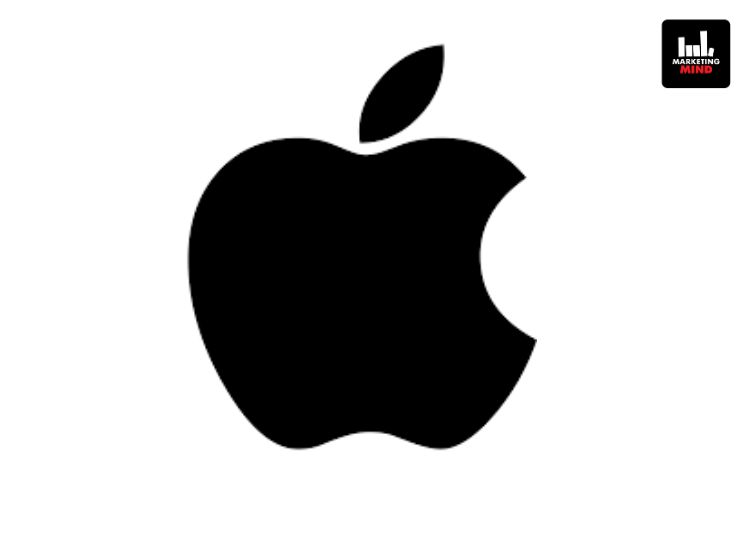As the widely known saying suggests, “If it cannot be located on social media, does it even truly exist?”
In the ever-evolving circus of the digital era, social media has become the grand stage where hashtags trend, viral challenges captivate, and memes rule the digital realm. One undeniable truth is that not all generations surf the same social media wave. Let’s dive into the digital world of how brands utilize social media to entertain and educate the wildly diverse digital generations. Here, we explore how brands can adapt their social media strategies to resonate with various age groups with real-world examples.
From Boomers to Gen Z: Tailoring Social Media Strategies for Each Generation
Understanding generations is like decoding a colorful puzzle of preferences and behaviors as each generation influences the digital playground of social media. For brands, it’s an involving journey of crafting narratives that speak the language of each generation, fostering a sense of belonging.
1. Baby Boomers (1946-1964):
Don’t let the name fool you; Boomers are far from silent on social media. Brands tap into their nostalgia, using heartwarming stories and relatable content to win their loyalty.
Example: Saregama Carvaan effectively uses YouTube and Facebook, platforms where Baby Boomers seek entertainment and engage with their passions. They share heartwarming stories, customer testimonials, and videos of people reliving their favorite tunes.
2. Generation X (1965-1980):
Gen Xers are cautious consumers, often seeking quality and authenticity. Brands that offer genuine value and engage in meaningful conversations score big with this group.
Example: Tanishq, a jewelry brand, recognizes Gen X’s affinity for tradition and family values. They use social media to showcase timeless jewelry pieces for special family occasions, emphasizing their emotional significance.
3. Millennials (1981-1996):
Millennials practically grew up with social media and the brands that embrace humor, cause-driven campaigns, and user-generated content strike gold here.
Example: MakeMyTrip understands that millennials love travel experiences. Their social media campaigns feature user-generated travel photos and stories, enticing millennials to explore new destinations.
4. Generation Z (1997-2012):
Brands that are real, socially conscious, and unafraid to engage in a little friendly banter are winning over these digital natives.
Example: Zomato, the beloved food delivery brand, taps into Gen Z’s love for memes and trending topics. They create witty and relatable content that reflects current events, movies, and pop culture.
Cross-Generational Strategies
While tailoring content is vital, some strategies resonate across generations and focus on universal themes with an approach to cater a broader audience:
1. Video Content:
Video is a universal language on social media. Brands like Apple and Samsung create captivating product videos that engage audiences across all age groups.
2. Contests and Giveaways:
Who doesn’t love a chance to win? Creating interactive campaigns like contests, challenges, or surveys encourage participation from diverse age groups. These can be fun and engaging, fostering a sense of community.
3. Customer Service:
Brands profit from providing exceptional customer service on social media channels. IRCTC, for example, is noted for its rapid customer service on Twitter, combining goodwill with clients of all ages.
The Future Outlook of Social Media Marketing
As we look ahead, several trends are poised to shape the future of social media marketing with groundbreaking changes and exciting innovations for all generations, let’s see how:
1. Niche Platforms and Micro-Communities
Brands will increasingly explore niche platforms to reach specific audiences. For instance, Reddit, with its specialized subreddits, offers unique engagement opportunities for brands that understand the community’s nuances.
2. Virtual Reality and Augmented Reality
The integration of VR and AR technologies will provide immersive brand experiences. Imagine trying on clothes or glasses virtually. Similar to how Lenskart offers a virtual try-on experience through their mobile app and website, allowing customers to see how different frames look on their face without visiting a physical store.
3. AI-Powered Personalization
Artificial intelligence will enable hyper-personalization of content and ads. Brands like Netflix already use AI to recommend content, and this trend will expand into social media marketing.\
In conclusion, customizing your social media approach for different generations is about inclusion rather than exclusion. It’s not about choosing one generation above another, but about finding the sweet spot where these threads intersect. A flexible approach that blends specialized methods with cross-generational approaches is the key to social media success in today’s diversified landscape. Without a doubt, social media marketing has come a long way, and the future is as colorful and ever-changing as the generations it hopes to inspire.
Also Read: Marketing Strategy Of ‘Made In Heaven Season 2’ That Helped It Create The Right Buzz
















